VitalSigns for Network Automation Control (VNAC)

z/OS monitoring, control and automation: maintain the highest degree of availability of your z Systems networks
VitalSigns for Network Automation and Control provides automation and network/systems management to address customers’ needs for increased IT availability and capacity, especially on z Systems networks.
Thanks to monitoring, problem diagnosis, network automation, and performance management tools for both mainframe TCP/IP and SNA networks, VNAC empowers organizations to proactively resolve network problems, helping you to automate network management and ensuring that service-level goals are met with room to spare.
VNAC replaces legacy mainframe network and system monitors with easier use, significantly lower cost, and a free IP network monitor.
Reduce your mainframe monitoring costs !
VNAC and its companion product, VitalSigns for IP (VIP), provide a full-spectrum tool set for automating, monitoring, and troubleshooting SNA applications, z/OS Communications Server, and mainframe TCP/IP networks. VNAC can satisfy most customer needs to monitor, automate and control SNA network and system environment at significantly less expense than other monitoring solutions.
Ease-of-use and low cost make VitalSigns z/OS software the ideal replacement to other monitoring soltutions. VitalSigns’ replacement program will save big money on your legacy network management products.
A full range of functionalities to automate, monitor and troubleshoot your z Systems network
VNAC can respond to any system or network message. Configure VNAC to listen for messages by job name (TCPIP, VTAM, CICS, IMS, JES, etc.) and/or message ID (EZZ, IST, DFH, HASP, etc.). Exploit VNAC's z/OS REXX interface to automatically respond to messages and events harvested by the console listener.
VNAC provides robust mainframe REXX scripting support. You can easily migrate existing REXX scripts to VNAC with little or no change required.
VNAC users can issue commands and execs to control and manipulate mainframe systems and networks. The VNAC command interface provides access to all systems and networks from a single product log in, startup, and console window. The VNAC command interface remembers previous commands, so they are easy to select from a menu later. The menu sorts the most-used commands to the top for you.
VNAC users can browse the logs from one selected mainframe system, or consolidate logs from any number of systems. Consolidated logs can dramatically speed the task of learning where and when a problem occurred. Easy-to-specify filters select log messages for the previous day, the previous 5 minutes, or any other time span. The filters can select messages that include specific text strings. They can select messages by message ID, severity, user, job, and/or sysplex.
For all messages in mainframe system logs, VNAC provides direct links to the IBM documentation. Thus VNAC provides instant help for VTAM IST messages, sense codes, return codes, and feedback. If a user has enabled the VNAC console listener to monitor CICS messages, the online help will explain the DFH messages on the VNAC system log.
VNAC users can easily find and view any member or dataset on their z/OS mainframe systems. If you don't know a fully qualified dataset name, just specify a member name and VNAC will perform a search for you. Sensitive members and data can be protected with SAF security measures.
VNAC users can monitor system and network logs in real time, immediately as messages arrive at system consoles. With easily defined and robust filters, VNAC's log monitor serves as a "Targeted System Console".
VNAC can bring you significant cost savings and delay costly CPU upgrades. A VNAC Server can run on almost any platform. CPU cycles previously consumed by network monitoring can devoted to production applications. VNAC uses Agents residing on z/OS LPARs to communicate with VNAC Server(s). The Server(s) can run on z/OS USS, but they run just as well or better on Windows, zLinux, Linux, and/or UNIX.
VNAC offers two different security configurations to suit your situation. The VNAC Server can be secured with standard mainframe user IDs, typically IDs defined in RACF. Or the VNAC Server can hold its own list of allowed users, as defined by the Server administrator.
Once logged into a VNAC Server, users can communicate with one another with VNAC's instant message facility. This tool greatly simplifies collaboration to solve mainframe and network problems.
